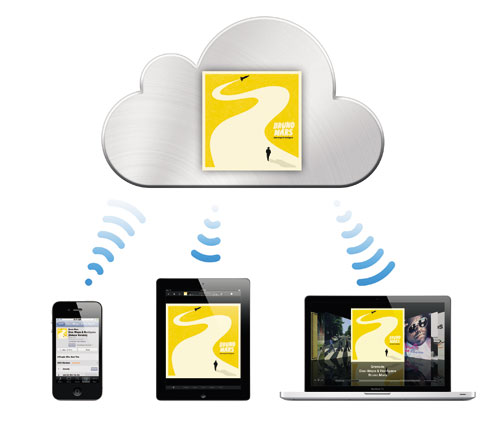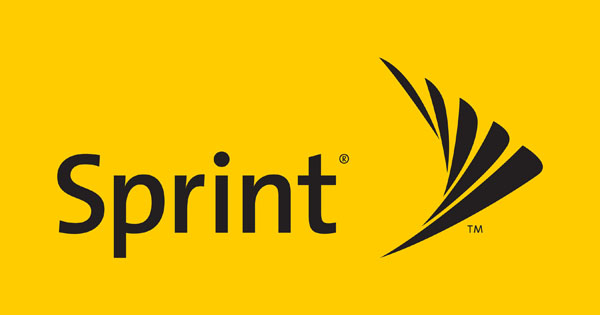Exciting news for Apple users! Scott Forstall
took the stage at WWDC 2011 to announce some new upgrades and improvements in the Apple iPhone’s operating system. The
new Apple iOS 5 is compatible with iPhone 4, 3Gs, iPad 1 and 2, and the iPod touch and will be available for download this fall. Check out a few of the cool new features that can be expected on the new operating system so far.
1. PC Free
With iOS 5, users can activate and set up their device wirelessly without a computer, iPad, iPhone or iPod touch. Users can get free iOS software updates directly on their device, and back-up and restore their devices automatically using
iCloud.
2. Notification Center
Just like on Android devices, there’s a new Notification Center where users can get all of their alerts, all in one place: new email, texts, friend requests and more. Just swipe down from the top of the screen to enter the Notification Center.
3. Twitter Integration
For Twitter users, there’s an integration of Twitter to iOS 5. Sign in once in Settings, and tweet directly from Safari, Photos, Camera, YouTube, or Maps. (*crowd cheers*)
4. Safari Reader
iOS 5 brings even more web-browsing features to iPhone, iPad and iPod touch. Safari Reader displays web articles sans ads or clutter, and Reading List saves interesting articles to peruse later, while iCloud keeps your list updated across all your Apple devices.
 5. Reminders
5. Reminders
“A better way to do to-dos.” Next time you need to remember something important, use your iPhone, iPad or iPod to make a note of it. Even better, the reminders are location based – so you’ll get an alert the next time you’re in the supermarket to pick up that milk you probably forgot about. Pretty sweet, huh?
6. iMessage
Finally! Apple users can BBM (BlackBerry Messenger) like BlackBerry users. iMessage is a new, exclusive service for iOS users, that has options like an indicator showing when the other party is typing.
7. Camera features

There’s now a camera button right on your screen lock! Since your phone is always with you, it’s the best way to capture unexpected moments. Use grid lines, pinch-to-zoom gestures and single-tap focus to compose pictures on the fly. Then, press the volume-up button to snap a photo right in time.
8. Photos
Turn your snapshots into frame-worthy photos in just a few taps right from your Apple device. Crop, rotate, enhance and remove red-eye without leaving the Photos app.
9. iCloud
There’s also amazing innovation in iOS 5 using cloud-syncing solutions. With iOS 5 and iCloud, enter your Apple ID and password, and – voila! It integrates your apps to wirelessly keep all your contacts, mails, photos, apps, books, music and updates across all your devices without connecting to a computer.
10. Newsstand
Extra extra, read all about it! iOS 5 organizes magazine and newspaper app subscriptions into one folder that lets users access their favorite publications quickly and easily.
We’re sure this is the first of many updates that can be expected before the fall release of iOS 5, but we still can’t wait! What new features are you most excited about?
























